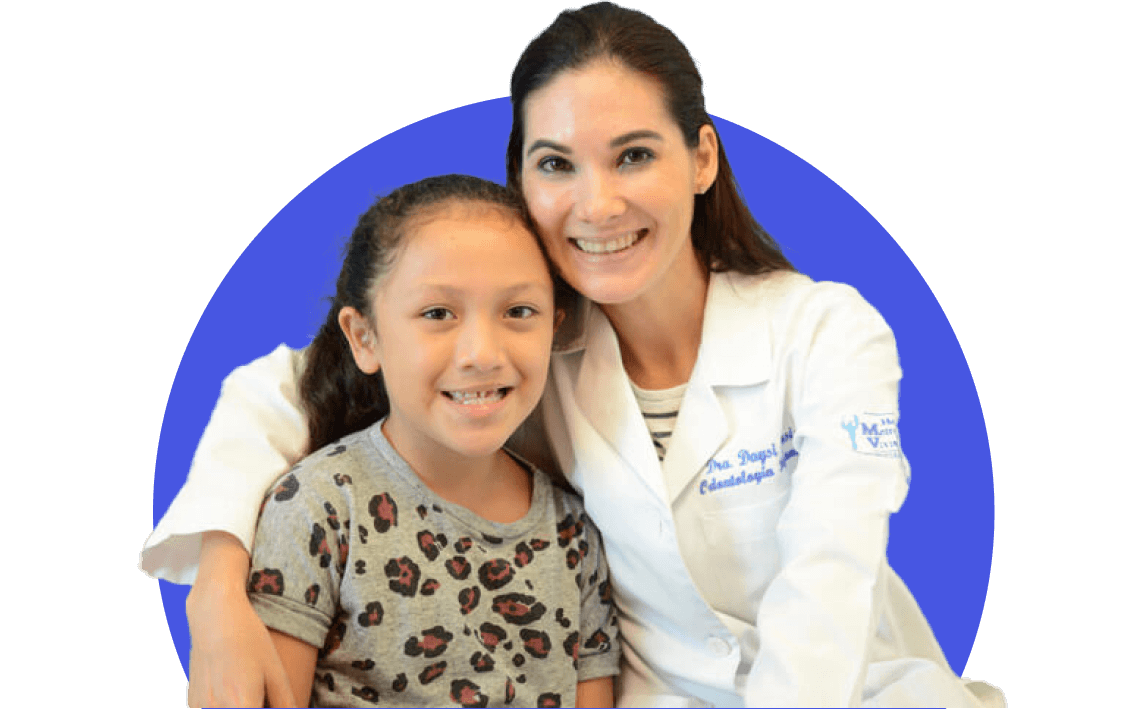Can my child be breastfed?
La Leche League International advises that, except in rare cases, a baby with a cleft palate cannot get all the milk he needs by breastfeeding alone. An opening in the palate makes it impossible for the baby to seal off his mouth and make the suction typically used to keep the breast (or bottle) in place and pull the nipple to the back of his mouth. Over time, lactation consultants have found that feeding exclusively at the breast is a difficult goal for all but a few babies with uncorrected cleft palates. You can still share many benefits of breastfeeding with your child, such as expressing breast milk with a pump and bottle feeding, enjoying eye contact and skin-to-skin contact and being put to the breast for non-nutritive sucking.
Feeding Guidelines
The feeding goal is to help the baby get the right amount of milk in the right amount of time, and avoid taking in too much air. Your baby should feed in about 30 minutes or less. Longer feedings can cause exhaustion and burn up too many calories—calories the baby needs to grow.
- Place the baby in an upright, sitting position to prevent the formula from flowing back into the nose area.
- Watch for a pattern of sucking and swallowing. Listen for a swallow, followed by a breath. At first, many babies suck and swallow many times without stopping to rest. Most will figure this process out within a few days, and develop their own rhythm of sucking, swallowing and resting.
- Keep the bottle tilted so the nipple is always filled with milk and pointed down away from the cleft. The infant will move the nipple into the most comfortable position for her.
- Babies with a cleft need to be burped more often because they take in more air while feeding. Watch for signs of discomfort; your baby will give you signs when it’s time to stop and burp.
I see milk coming out of my baby’s nose. What should I do?
As your baby feeds, some formula may escape through the nose. This is common, and does not mean she is choking. Hold your baby in a more upright position. This will lessen the amount of milk coming through the nose. She may even sneeze or cough. This is good, because it clears the nose. You don’t have to use a bulb syringe to suck milk out of the nose–the nose clears and cleans itself. Remember – this is not dangerous and does not mean your baby is choking.



